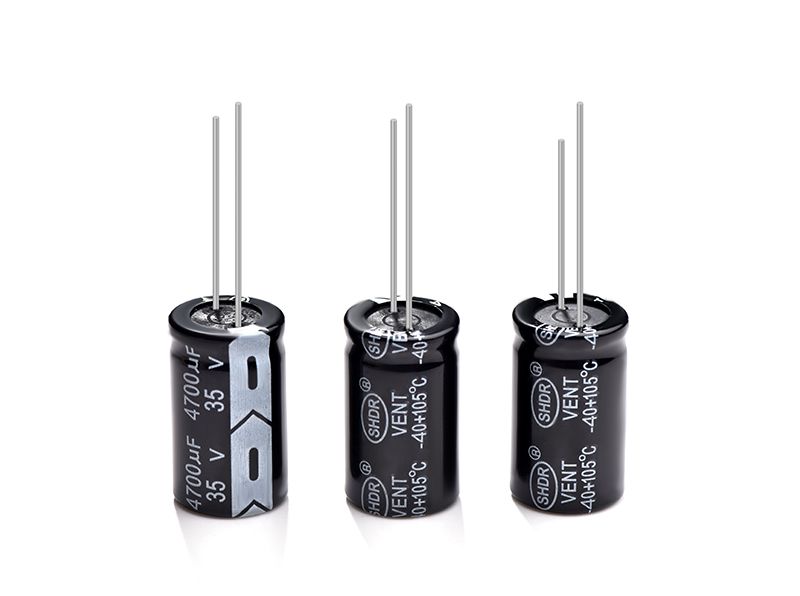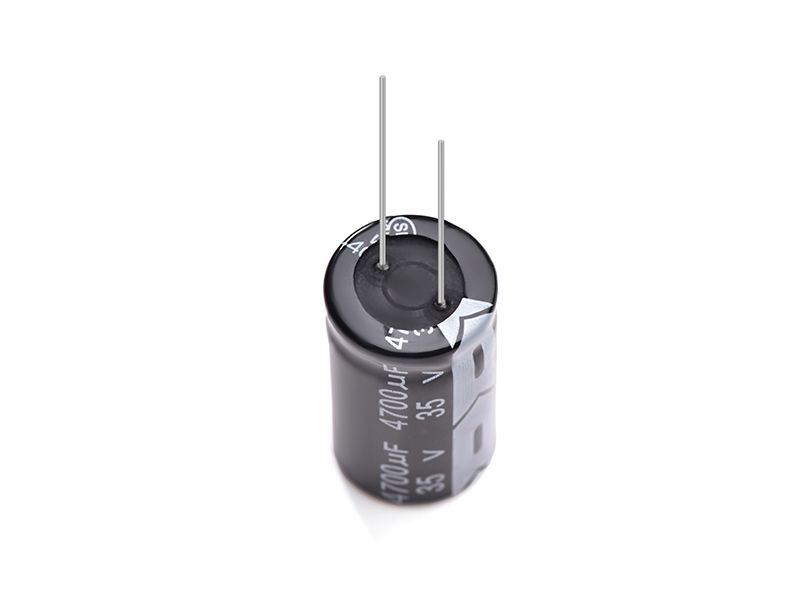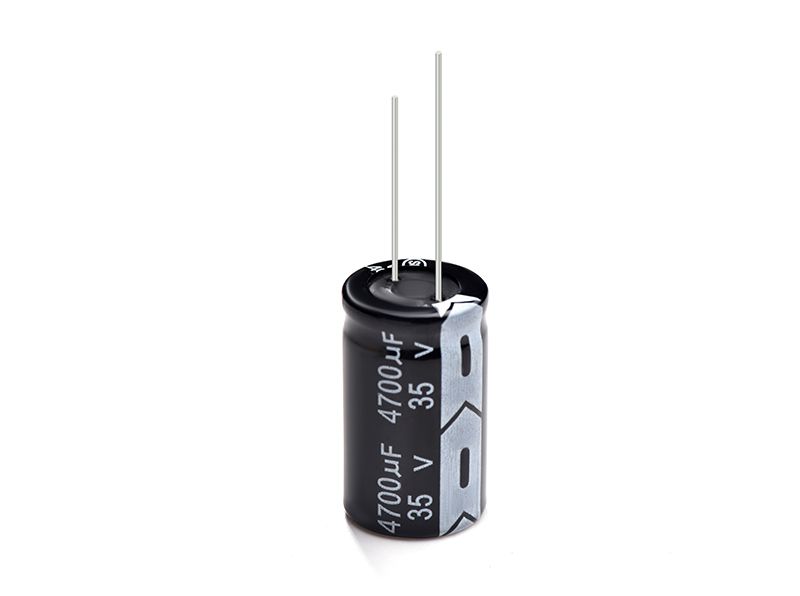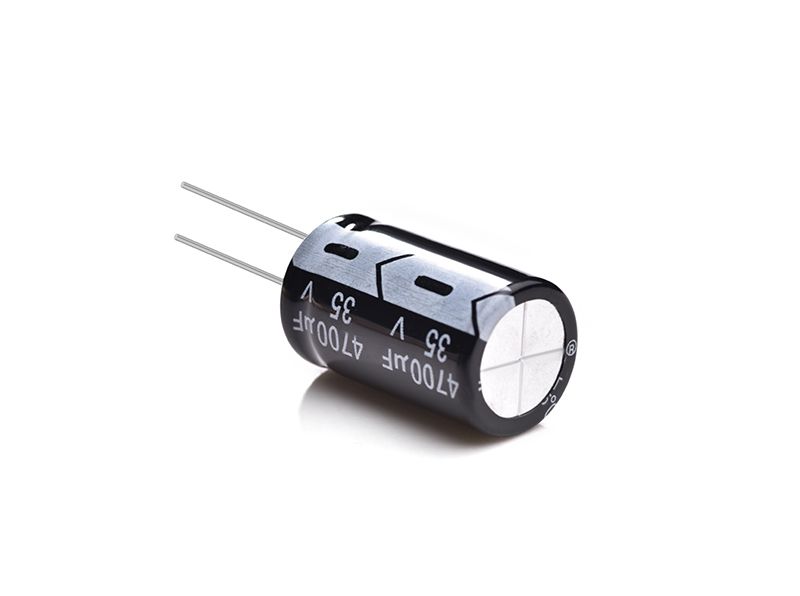Aluminum electrolytic capacitor 4700UF35V
SHDR® Application Notes
■ Equipment operation
a) Do not touch the capacitor directly with your hands.
b) Do not short-circuit the terminals of the capacitor by touching it
with any conductive object. Also, do not spill conductive liquids such as
Acid or alkaline solutions on capacitors.
c) Do not use capacitors where they will be subject to ex-
Have the following materials ready:
· Oil, water, salt water or damp places.
· Direct sunlight.
· Toxic gases such as hydrogen sulfide, sulfurous acid, nitrous acid, etc.
Chlorine or its compounds and ammonium.
· Ozone, UV light or radiation.
· Severe vibration or mechanical shock conditions beyond the limit presc-
Ribbed in catalog or product specification.
■ Maintenance inspection
a) Periodic inspection of capacitors already used in industry
application. Before checking, please turn off the power and check carefully
Discharge the electricity in the capacitor. Verify polarity when measuring
Measure the capacitor with a volt-ohmmeter. Also, do not apply any mechanical-
anical stress to the terminals of the capacitor.
b) The following items should be checked during periodic inspection.
· Severely damaged appearance: exhaust gas and electrolyte leakage.
Electrical characteristics: leakage current, capacitance, tanδ, etc.
Characteristics specified in a catalog or product specification. us
If the part is out of specification, it is recommended to replace the capacitor.
■ When exhausting
a) If non-solid aluminum electrolytic capacitors vent gas when venting,
emits odor or smoke, or burns in the event of a short circuit
fail. Immediately turn off or unplug the device from the mains power supply.
b) When venting, a non-solid aluminum electrolytic capacitor fuses
Gases with temperatures over 100°C. (Solid aluminum electrolytic
capacitors release decomposition gases or combustion gases, while
The outer resin shell is burning. ) Do not expose your face near the vents
capacitor.
If your eyes inadvertently come into contact with the expelled gas or
you inhale it, immediately flush your open eyes with plenty of water
Use water and mouthwash separately. If the electrolyte is on the skin,
Wash the electrolyte from the skin with soap and plenty of water.
Do not lick the electrolyte of non-solid aluminum electrolytic capacitors.
■ Storage
We recommend the following storage conditions.
a) Do not store capacitors in high temperature or high humidity environments. shop
capacitors at room temperature of 5 to 35°C and relative to
Humidity is 75% or less.
b) Store capacitors in a place free of water, oil or salt water.
c) Store capacitors in places free from toxic gases (hydrogen sulfide,
Sulfurous acid, chlorine, ammonium, etc.)
d) Store capacitors in a place free from ozone, UV light or
radiation.
e) Keep the capacitors in their original packaging.
■ Disposal
Consult your local industrial waste disposal specialist
Handling aluminum electrolytic capacitors.
■ Directory
Specifications in the catalog are subject to change without notice.
Please consult us before use.
Product Picture




Copyright © Guangzhou Shenghe Electronic Technology Co., Ltd. All Rights Reserved Sitemap | Powered by
